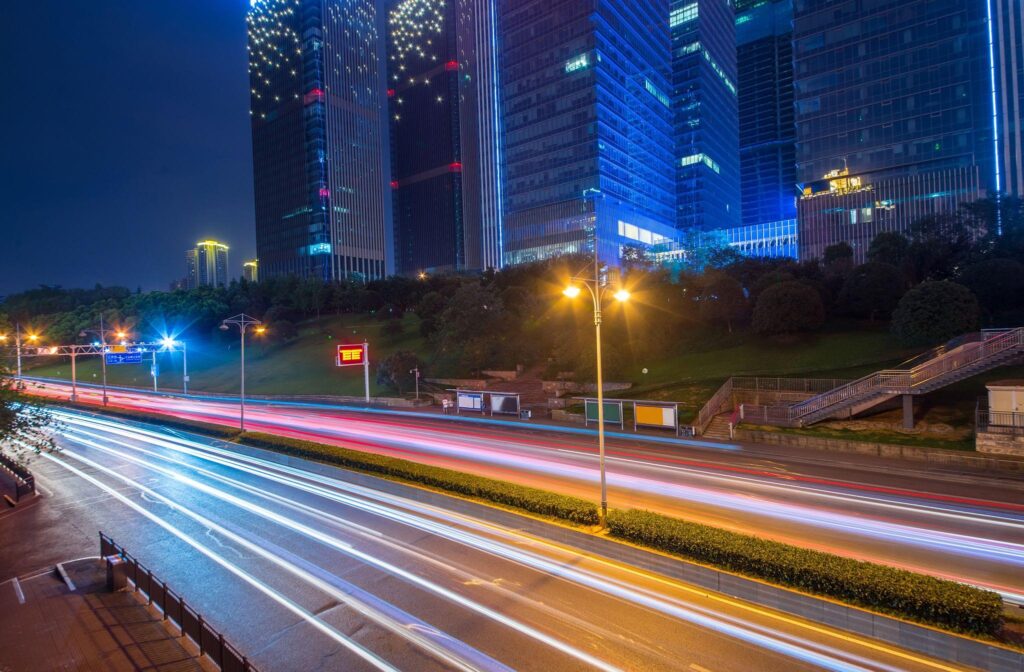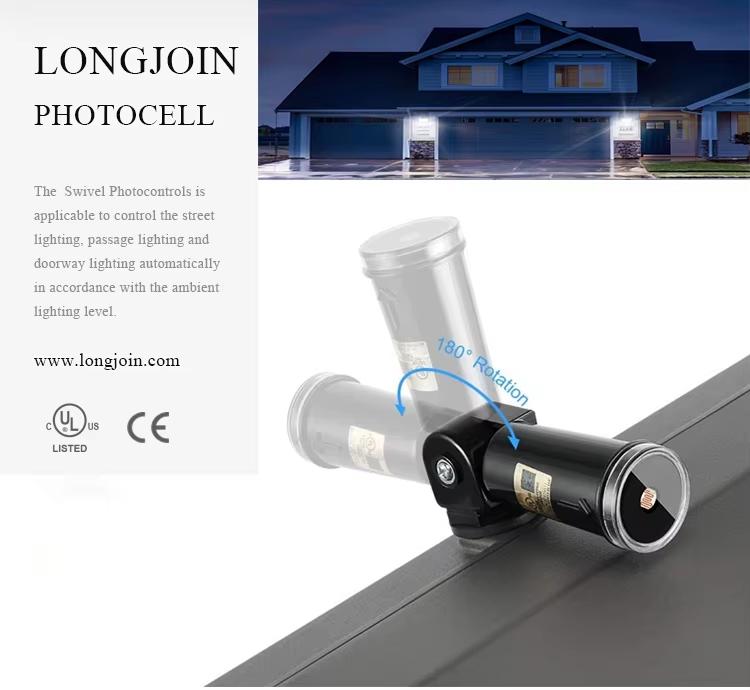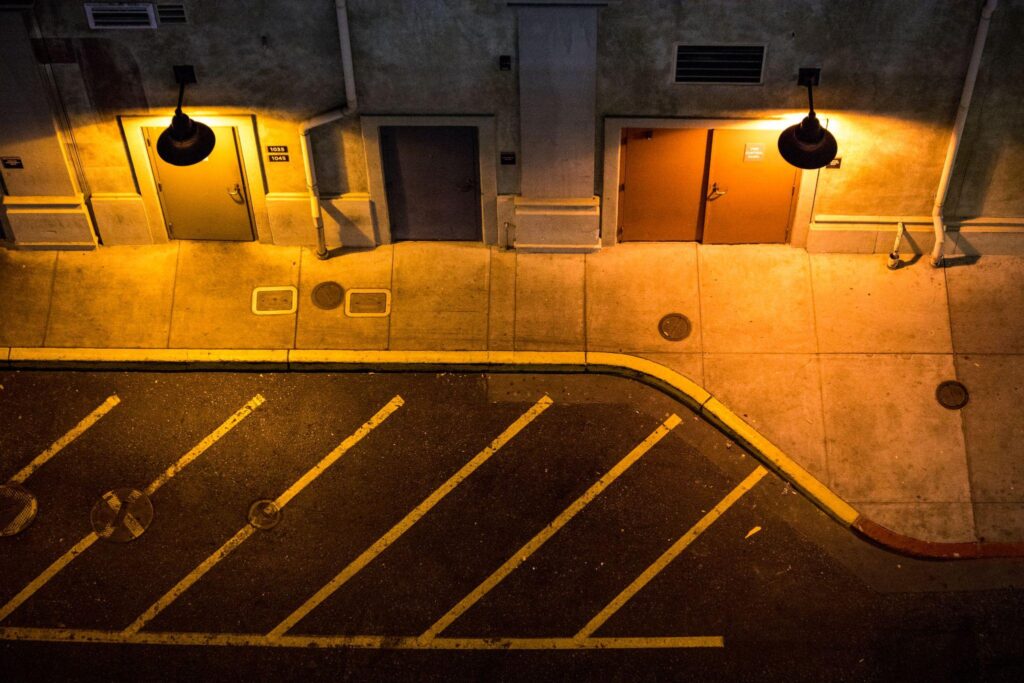Outline
- Introduction
- Adaptability in High Humidity Environments
- Performance in High-Temperature Settings
- Reliability in Low-Temperature Conditions
- Dynamic Brightness Adjustment Using Ambient Light Data
- Energy Efficiency Benefits of Automatic Adjustments
- Case Studies
- Menlo Business Park
- UC Davis Initiative
- Final Words
Imagine any outdoor space without proper lighting. You will find its utility diminished, security risked, and aesthetics compromised. Indeed, outdoor lighting is critical. However, it is tough to maintain their steady performance. Many external factors come into play, including blazing heat, chilling cold, pouring rains, and UV radiation.
This is where light control sensors come into play. These intelligent sensors regulate lighting levels. Real-time environmental information is used to provide maximum brightness and energy efficiency. More significantly, the regulation of power consumption prevents overheating and saves costs in terms of device failures, maintenance, and power bills.
Whether in tropical humidity or icy winters, light controllers keep outdoor lighting reliable and efficient. In the following sections, we’ll explore their adaptability, energy-saving capabilities, and real-world applications that prove their effectiveness in challenging environments.
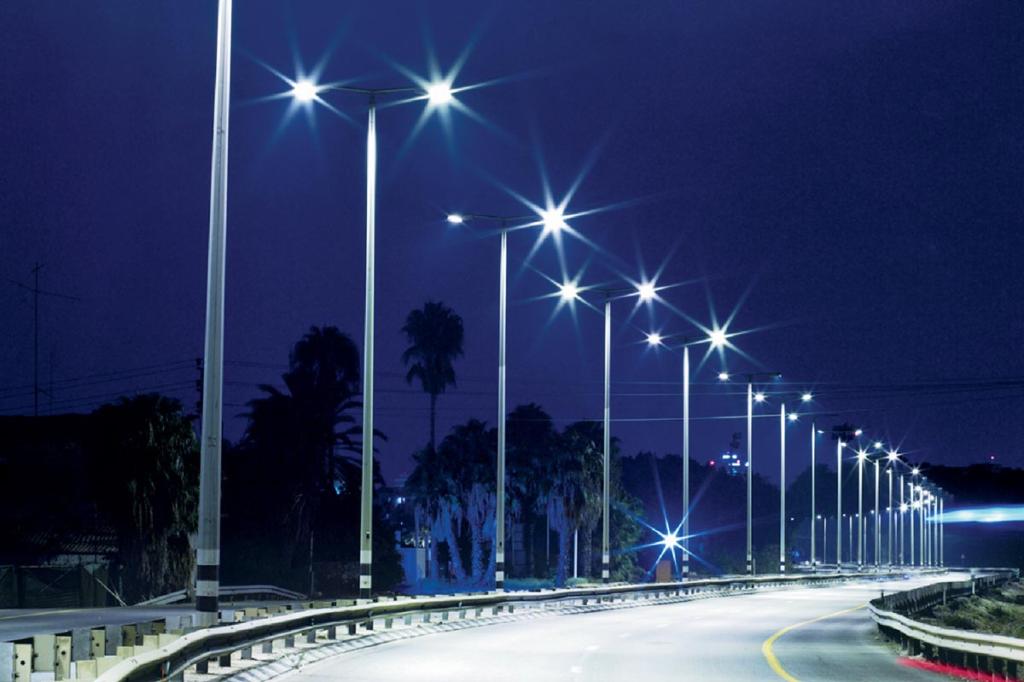
Adaptability in High Humidity Environments
condensation and corrosion are two primary issues lighting systems confront in high-humidity regions. They impair functionality, resulting in multiple issues. Advanced light control is a way to go. They are equipped with humidity-resistant components designed specifically to withstand such conditions.
A good example is Longjoin photocells. These technologically advanced solutions come with temperature-compensating circuitry. This helps them to ensure stable performance even in damp locations. The results are boosted reliability and longevity of outdoor lighting installations even in humid environments.
Performance in High-Temperature Settings
Prolonged summers are becoming a norm. 2024, being the hottest year recorded, is a testament to the preceding statement. In this backdrop, continuous exposure to extreme heat can adversely affect electronic components.
Among many others, the most common issues are reduced sensitivity and short-circuits. Light sensors, aka the photocells, are designed for high-temperature environments. They utilize specific materials, gaskets, and design innovations that help tolerate such conditions.
Going one step further in this regard, NASA‘s research into electronics has opened new doors for innovation. Purposed mainly for aerospace applications, this helped in the development of photocell sensors capable of operating at very high temperatures.
Incorporating these robust sensors into outdoor lighting systems ensures consistent performance, even in scorching climates.
Reliability in Low-Temperature Conditions
Cold environments can cause standard outdoor light sensor switches to malfunction. The primary reasons behind this are material contraction and reduced battery efficiency. To address this, modern light photocells are engineered to operate effectively even at temperatures as low as -40°C.
Chi-Swear offers an extensive range of photo sensors. These devices perform very well in a diverse range of harsh environmental conditions. They ensure that outdoor lighting systems remain operational and effective, whether it is melting summers or freezing winters.
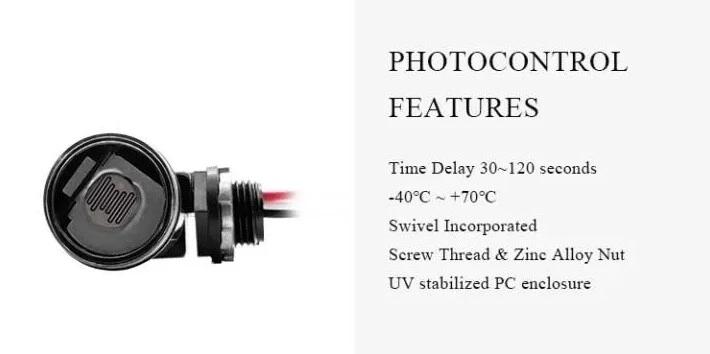
Dynamic Brightness Adjustment Using Ambient Light Data
With the help of light photocell sensors, modern street lighting systems have become smart. They are significantly energy efficient compared to their traditional fluorescent counterparts. The credit for this energy efficiency mainly goes to dynamic brightness adjustments.
Simply put, these light sensors monitor surrounding light levels in real-time, i.e., the dusk dawn light levels or overcast conditions. This data is then relayed to the light controllers so they can adjust the brightness of streetlights accordingly.
For instance, during twilight, lights gradually brighten as natural light diminishes. Conversely, during periods of sufficient daylight, the system dims or switches off the lights. But this does not end here.
Modern photocell sensors go further by utilizing occupancy sensors. This means the lights will brighten when they detect any activity and become dim when there’s no activity.
This dynamic responsiveness enhances safety and ensures that lighting levels are appropriate, matching environmental conditions. Additional outcomes are optimal illumination, a decrease in light pollution, and a boosted lifespan of lighting units.
Energy Efficiency Benefits of Automatic Adjustments
Proper brightness adjustments for street lighting could save energy significantly. These systems use light at an intensity suitable for the need, consciously avoiding unneeded energy wasting due to fewer traffic activities or sufficient ambient light conditions.
According to sources from the US Energy Department, smart lighting reduces energy consumption by levels higher than 75% compared to traditional, non-adaptable systems. Less stress on the light components gives them a longer life, thus lowering the cost of maintenance and adding one more green attribute of reduced waste and resource depletion.
Case Studies
Menlo Business Park
The list of successful ventures utilizing photocells for energy saving is long. However, the case study of Menlo Business Park in California offers a clear understanding. This overhaul undertook a comprehensive retrofit of over 5,000 fluorescent fixtures. This upgrade included installing smart sensors capable of occupancy detection and ambient light measurement. These changes allowed for dynamic lighting adjustments based on real-time conditions.
Further, the integration extended to HVAC systems. This enabled zone-level temperature control. As a result, the facility achieved a 30% reduction in energy costs. Other yields are enhanced occupant comfort and improved facilities management through granular data collection.
Key Success Factors:
- Comprehensive Integration: The seamless integration of lighting controls with HVAC systems allowed for coordinated energy management. This optimized both lighting and climate control based on occupancy and ambient conditions.
- Data-Driven Management: The deployment of smart street light controllers has given detailed information on occupancy patterns and energy use. This led to informed decision-making and, consequently, proactive maintenance.
UC Davis Initiative

Another example is The California Lighting Technology Center at UC Davis. Here, a project focusing on occupancy-based lighting controls has been developed. The main spaces were parking lots and building perimeters.
By implementing adaptive lighting systems that are adjusted based on real-time occupancy detection, the project demonstrated energy savings of 50% to 60%.
Key Success Factors:
Utilizing occupancy photocell switches allowed the lighting systems to respond dynamically to actual usage patterns. This ensured illumination was provided only when necessary.
Further, these systems effectively reduced energy waste and light pollution during periods of inactivity. This efficiently showcases the potential of smart sensors in outdoor applications.
Final Words
Light control sensors play a crucial role in optimizing outdoor lighting. They ensure reliability, energy efficiency, and adaptability in extreme conditions. By dynamically adjusting brightness and withstanding harsh climates, these sensors enhance both performance and sustainability. For those seeking high-quality photo controllers, Chi-Swear offers advanced, durable solutions designed for diverse environmental challenges.
External Links
- https://www.noaa.gov/news/2024-was-worlds-warmest-year-on-record
- https://www1.grc.nasa.gov/research-and-engineering/extreme-environments-sensors-electronics
- https://www.energy.gov/energysaver/led-lighting
- https://www.enlightedinc.com/wp-content/uploads/2023/03/Enlighted_eBook_Lighting-Retrofit-Case-Studies_r1.pdf
- https://www1.eere.energy.gov/buildings/publications/pdfs/building_america/ns/eemtg082011_b28_savings_hvac.pdf
- https://energy.ucdavis.edu/research/research-initiatives/project-2-occupancy-sensing-for-lighting-controls-in-outdoor-applications



